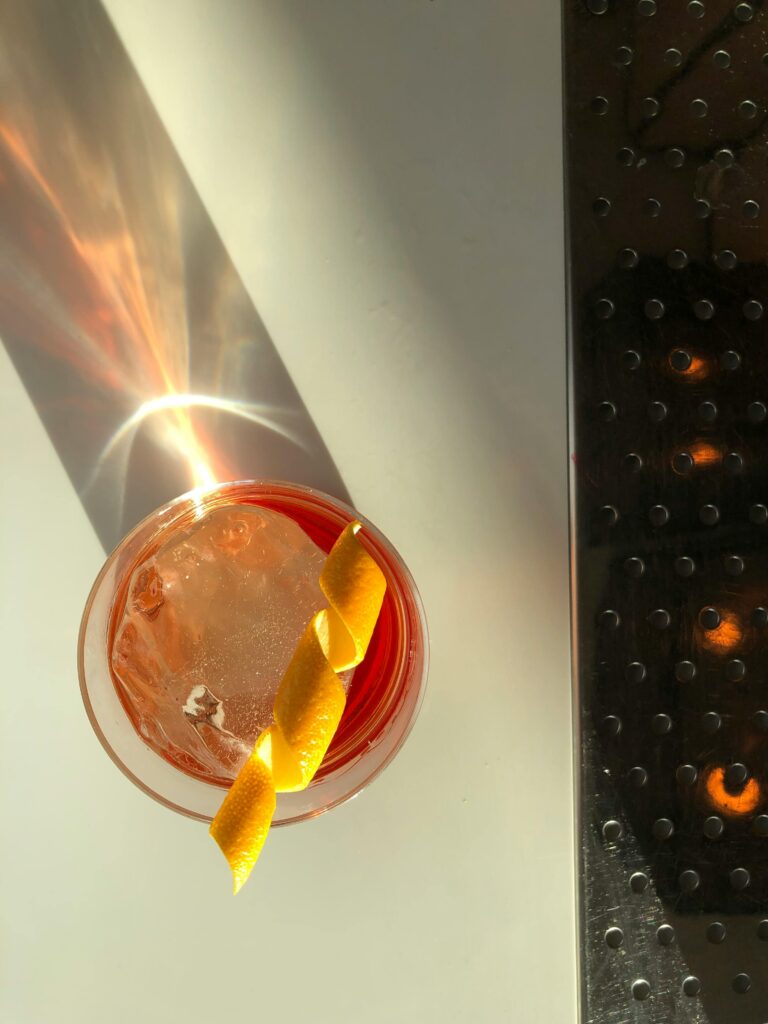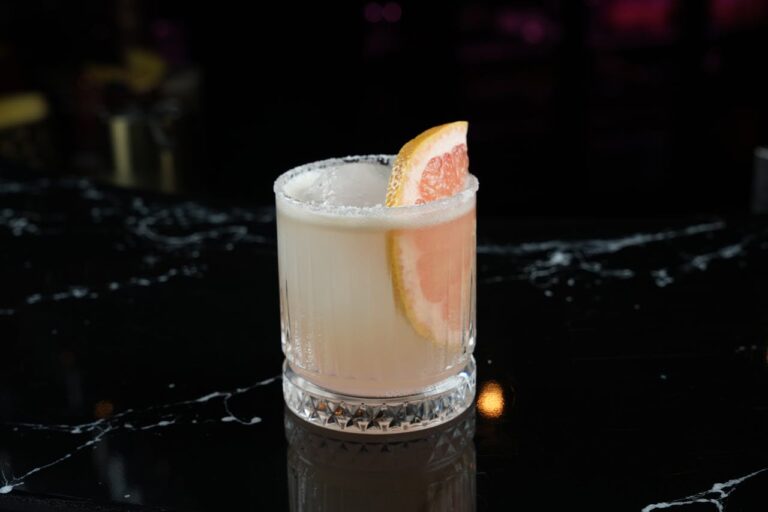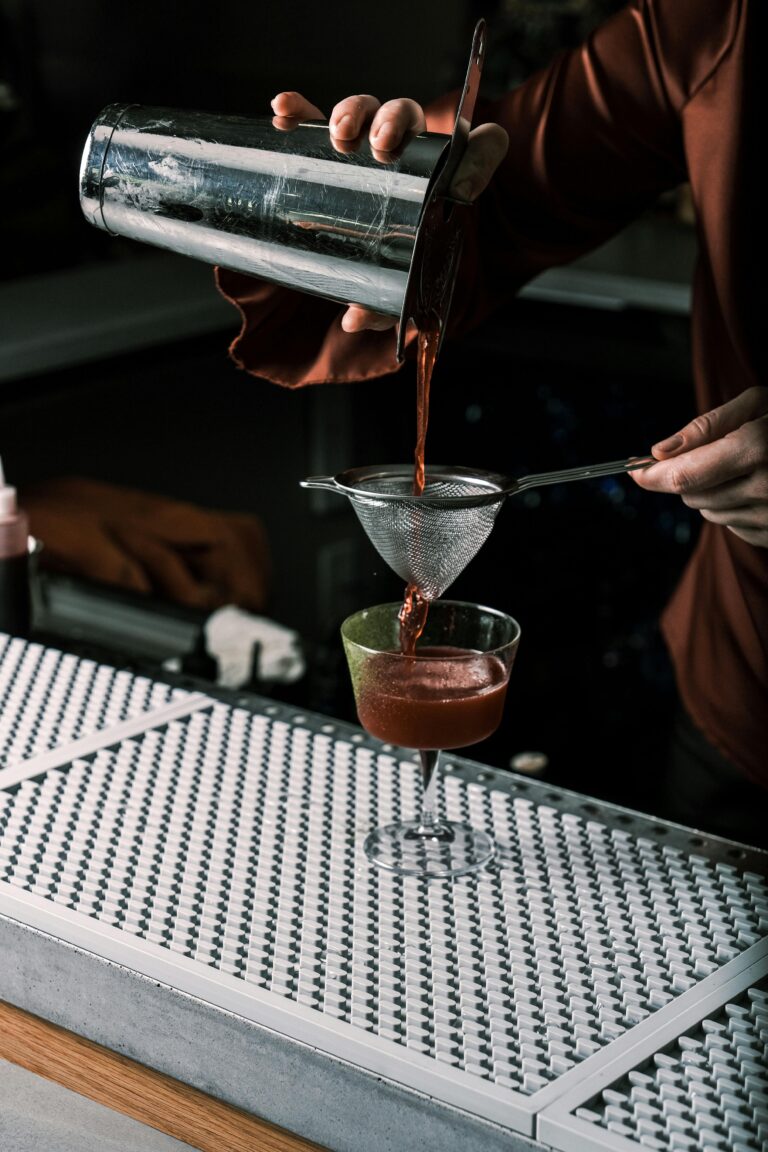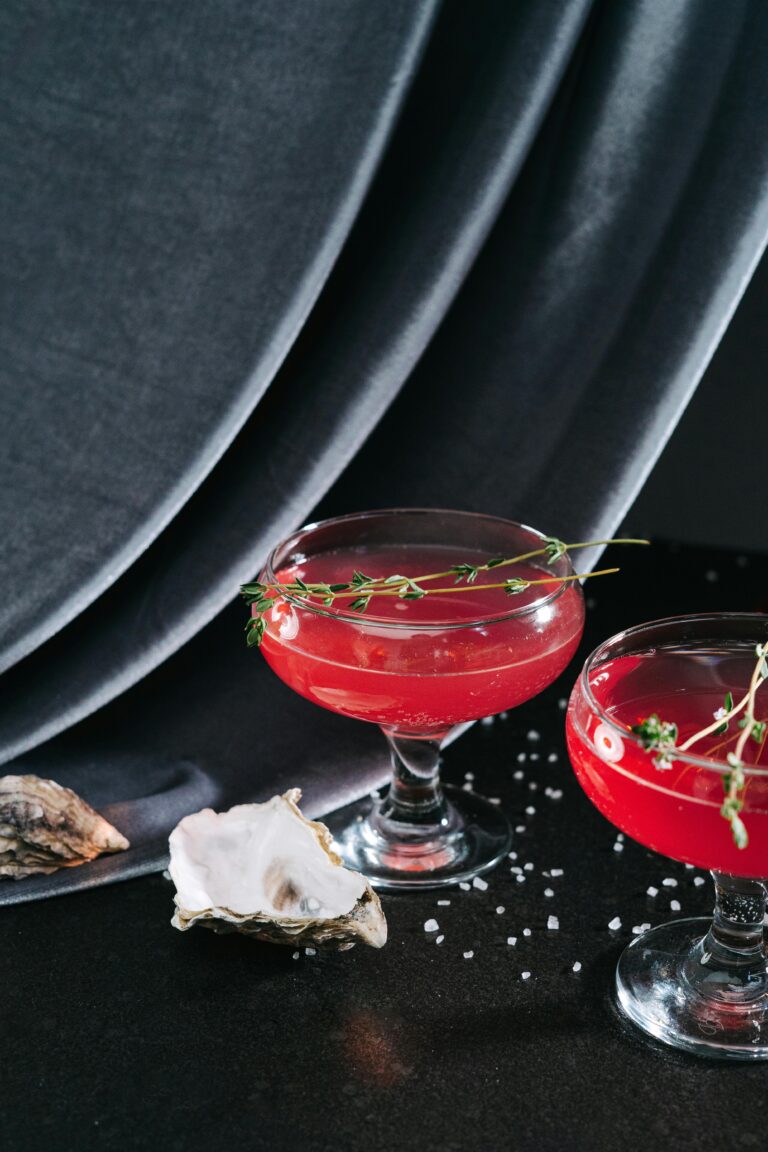The Espresso Martini Revival: Coffee, Cocktails, and Late-Night Magic
There’s a reason the Espresso Martini keeps sneaking onto menus, dance floors, and Instagram feeds: it’s equal parts wake-up call and indulgence. One sip and you get a shot of caffeinated clarity wrapped in velvety espresso, coffee liqueur, and spirit-soaked swagger. Whether you lived through its 1990s heyday or you’ve only met it at a trendy rooftop, this cocktail is nightlife personified — and it’s had a stylish comeback.
A quick origin story (with a shot of drama)
Legend has it the Espresso Martini was invented in 1983 by London bartender Dick Bradsell for a model who wanted “something that would wake me up, then f*** me up.” Whether that tale is entirely true or slightly gilded, the drink’s roots are indisputable: a marriage of espresso, coffee liqueur, and vodka that hit the scene as people craved bold, caffeinated cocktails. After a quiet dormancy, it surged back in the 2010s with specialty coffee culture, craft cocktail technique, and DJs spinning vinyl in reclaimed-warehouse lounges.
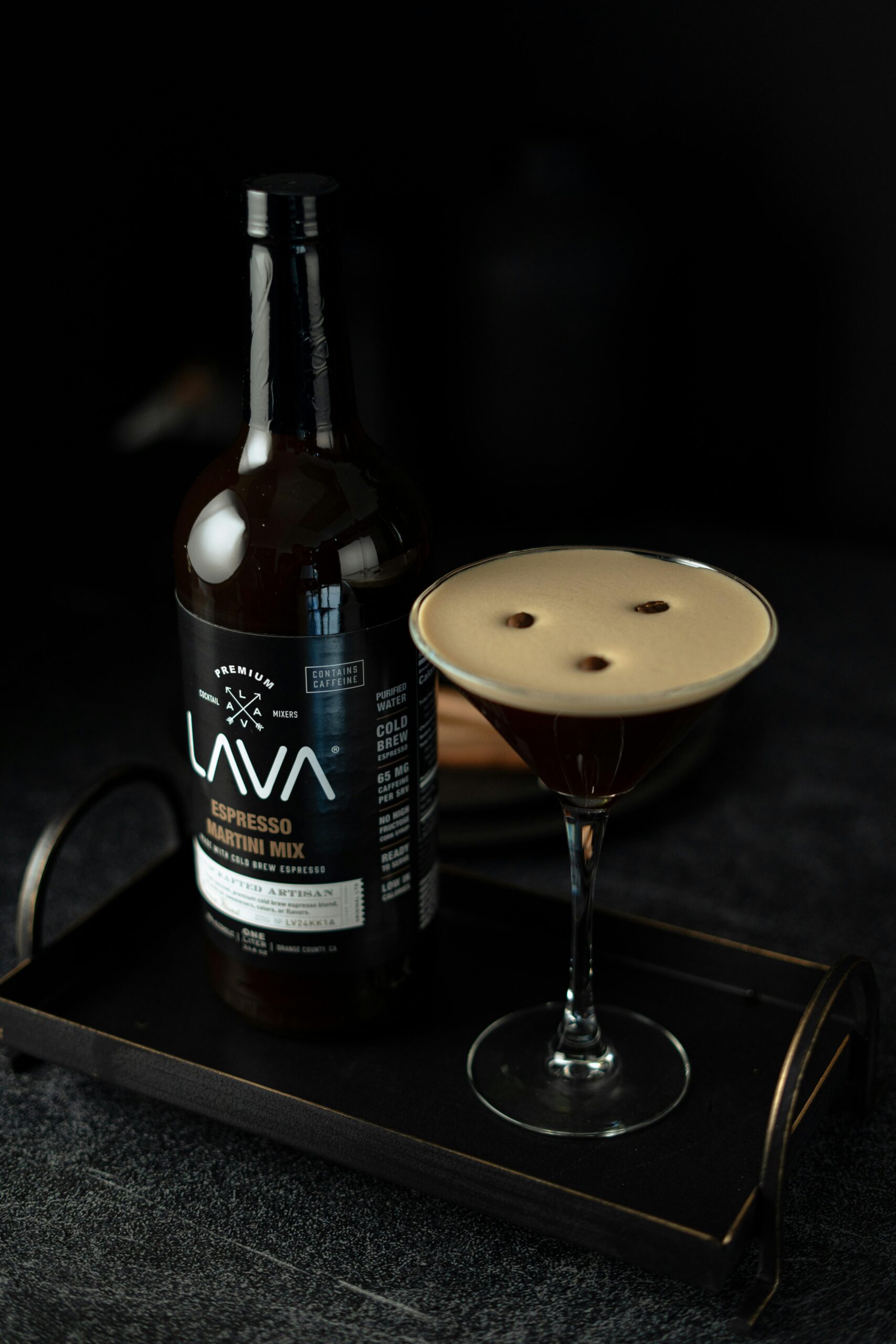
What it tastes like — sensory details to savor
Close your eyes: the first aroma is hot, bitter espresso—smoky, nutty, a little chocolatey. A glossy, silky texture coats your tongue. The sweetness from the coffee liqueur balances the espresso’s bite; vodka adds warmth without stealing the spotlight. The best versions finish with a cocoa or espresso crema and three perfect coffee beans on top, like punctuation on a delicious sentence.
The classic Espresso Martini recipe (and a few smart tweaks)
Here’s a bartender-approved base recipe and two tasty variations. This is one of those cocktail recipes that rewards precision and good coffee.
- Classic Espresso Martini
- 2 oz vodka
- 1 oz freshly brewed espresso (hot or cooled slightly)
- 3/4 oz coffee liqueur (Kahlúa or similar)
- 1/4 oz simple syrup (optional — add if your espresso is very bitter)
- Garnish: 3 coffee beans
- Cold-Brew Low-Sugar Version
- 2 oz vodka
- 1 oz cold-brew concentrate
- 3/4 oz coffee liqueur or 1/2 oz if using a rich house cordial
- 1/4 oz agave (optional)
- Spiced Rum Espresso (for warmth)
- 1.5 oz spiced rum
- 1 oz vodka
- 1 oz espresso
- 1/2 oz coffee liqueur
Method: Add ingredients to a shaker with ice. Shake vigorously — you want that foamy crema. Double strain into a chilled coupe or martini glass. Garnish with three coffee beans.
Pro tip: Use freshly pulled espresso and shake hard for at least 15 seconds to create the signature crema. If using cold brew, add a bar spoon of cold-brew concentrate to boost aroma and body.
Where to order one: best bars in New York and beyond
If you’re in New York and serious about your Espresso Martini, these spots consistently deliver:
- Dead Rabbit — for a polished, late-night crowd and bartenders who get balance right.
- Attaboy — small, customized cocktails; ask for a coffee-forward pour.
- Employees Only — classic cocktail vibes with a bar program that respects espresso.
Traveling? Look for bars that advertise in-house roasted coffee, espresso machines on the line, or bartenders who talk about extraction time. That usually means a serious, delicious martini.
What to order — and what to avoid
- Order: a balanced pour with fresh espresso and minimal added syrup. The drink should be bitter-sweet with a silky mouthfeel.
- Avoid: sugary shortcuts or bottled “espresso mix” unless it’s a proven house blend.
- Ask for: a double strain to remove ice shards and get a smoother crema.
How the Espresso Martini fits current mixology trends
The drink’s comeback isn’t just nostalgia — it intersects with several modern trends in bars and cocktails.
- Local ingredients: Bars are partnering with local roasters or using house-roasted beans to differentiate their espresso profile.
- Sustainability: Many venues now compost coffee grounds, use ethically sourced beans, and reduce single-use plastics. A cafe-bar crossover model often means less waste and smarter sourcing.
- Low- and no-alcohol options: Expect de-caffeinated or spirit-free versions using non-alcoholic spirits and coffee extracts for the same ritual without the buzz.
- Seasonal vibes: In cooler months, spiced rums and warmed espresso variations appear; in summer, cold-brew takes the lead for a brighter, less hot version.
So, if you’re tracking mixology trends, the Espresso Martini is a textbook example of a classic updated through craft coffee, sustainability, and thoughtful variations that suit the season.
At-home upgrade: gear and ingredients that matter
Want bar-quality at home? Invest in:
- Espresso machine or a good-quality Moka pot
- Freshly roasted whole beans — grind just before brewing
- A shaker and a fine strainer (for that smooth finish)
- Scale for doses — precision matters more than fancy bottles
A small investment in tools and beans transforms your cocktail recipes from “good enough” to “I should open a bar.”
Final sip
The Espresso Martini is more than an after-dinner pick-me-up; it’s a cultural bridge between coffee and cocktail worlds. Whether you’re sipping one at one of the best bars in New York, shaking one up at home, or testing a seasonal cold-brew variant, this cocktail rewards curiosity and quality ingredients. Next time you want to feel both sophisticated and unstoppable, order one, and let the crema do the talking.
Go on — try the classic, taste a twist, and don’t be shy about asking for that double strain.


